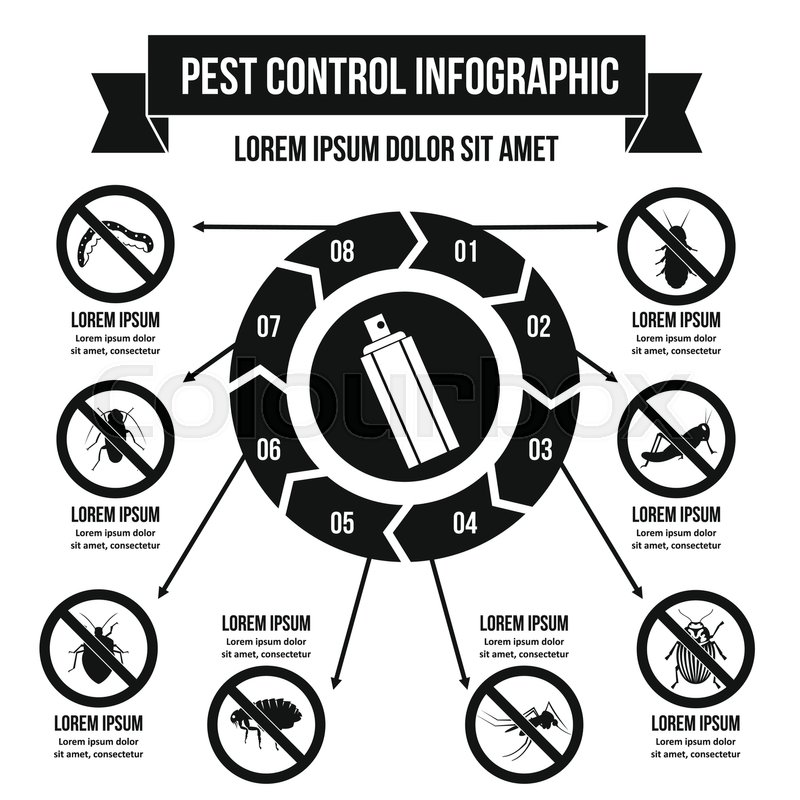Comprehending The Behavior Of Common Rats For Effective Rodent Control
Comprehending The Behavior Of Common Rats For Effective Rodent Control
Blog Article
Web Content Writer-Lorenzen Refsgaard
When it concerns rodent control, understanding usual rodent habits is crucial to efficiently managing infestations. Did you know that rats have some remarkable nesting habits that might shock you? By exploring their complex behaviors, you can gain valuable understandings right into how to tackle rodent issues in a much more critical and reliable way. So, allow's unravel the mysteries behind these animals' actions and find out exactly how to outmaneuver them in your rodent control initiatives.
Rodent Nesting Habits
When observing rodents in their natural habitat, you'll observe that they proactively seek out products to construct their nests. https://www.newswire.com/news/smithereen-pest-management-expands-services-through-acquisition-of-22007554 , such as computer mice and rats, are resourceful animals that make use of a range of items like twigs, leaves, paper, and fabric to develop their homes. They're precise in their nest-building procedure, usually lining their nests with softer products like fur or feathers to develop a cozy environment.
Rodents choose to build their nests in concealed and protected places to protect themselves and their young from predators. Usual nesting spots include wall tooth cavities, attics, cellars, and also within insulation products. By creating their nests in these remote locations, rats can safely raise their children away from possible threats.
It is important to comprehend the nesting routines of rodents when carrying out control measures. By interrupting their nests or removing products, you can discourage rodents from developing a presence in your home or residential property. Correct hygiene and sealing entry points are likewise important steps in preventing rodent problems.
Rodent Feeding Patterns
After observing rodents' nesting behaviors, it becomes evident that their feeding patterns play an essential duty in their every day lives and behaviors. Rodents, consisting of mice and rats, are opportunistic feeders, suggesting they'll consume whatever food source is easily offered. They're largely nocturnal animals, preferring to forage for food during the cover of night to prevent predators.
Rodents have a varied diet, varying from grains, seeds, fruits, and veggies to bugs, nuts, and even tiny pets. This adaptability in their food selections allows them to thrive in numerous settings, consisting of urban areas where human food sources are bountiful.
Their feeding patterns aren't just driven by hunger however additionally by the demand to stockpile food for times of shortage. This habits is particularly noticeable to prepare for cold weather or when nesting. Rats are known to hoard food in their nests or burrows, guaranteeing a constant food supply. Comprehending their feeding patterns is essential in carrying out efficient rodent control procedures to disrupt their food resources and avoid invasions.
Rodent Movement and Traveling
Rats navigate their environments with dexterity and stealth, utilizing their eager senses to move quickly with their settings. These creatures are proficient climbers, able to range walls and vertical surfaces easily. They can additionally press with surprisingly small openings, making it important to seal off any type of prospective entry factors in your house.
When it concerns taking a trip, rats often tend to comply with acquainted courses, producing tracks along walls or skirting the edges of areas. They're creatures of habit, typically staying with these established paths as they forage for food or discover their environments.
Rodents are understood for their nocturnal habits, so you may hear them scooting about at night as they search for food and water. Their activities fast and irregular, enabling them to dart in and out of sight in the blink of an eye.
Understanding exactly how rats move and take a trip can aid you determine potential invasion areas in your house and take aggressive actions to prevent these insects from getting a foothold.
Conclusion
As you work to control rats in your home, remember that recognizing their habits is essential. By recognizing their nesting routines, feeding patterns, and motion, you can successfully stop infestations.
Coincidentally, by taking aggressive steps to get rid of food resources and seal access factors, you can disrupt their acquainted courses and require them to seek brand-new locations, inevitably lowering the probability of rodent presence in your living spaces.
